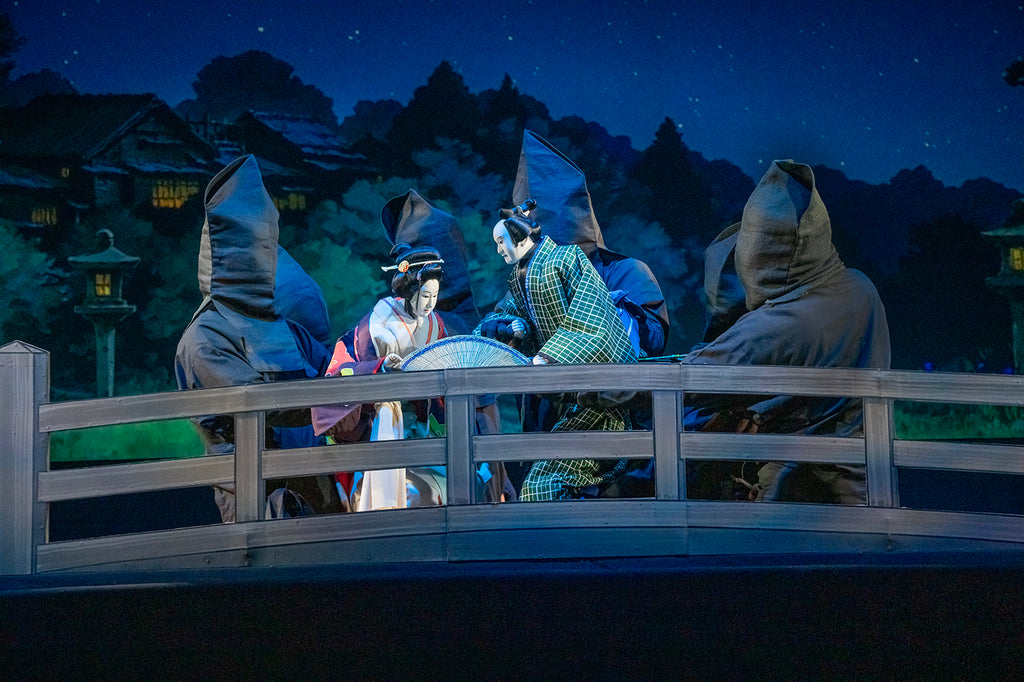Serata Forsythe
This program of three works by William Forsythe set to the music of James Blake has special meaning for La Scala Ballet.
Continue Reading
World-class review of ballet and dance.
He is the love of your life. You are his one-and-only. The pair of you is doomed: Obligations to the social order make your relationship impossible. The only way out—double suicide. Actually, this being eighteenth-century Japan, you let him literally do it all; still, you are his forever and there is no turning back. How gorgeous the world seems here in the quiet forest, on this bridge among the flowering trees, the robin’s-egg blue sky above. How handsome he is as he brings himself to standing; you sink into your kimono at his manly wonderfulness. He looks at you and speaks of his memories of making love, of the softness of your skin. But the hour is late; the bells toll.
Performance
Place
Words



“Uncommonly intelligent, substantial coverage.”
Your weekly source for world-class dance reviews, interviews, articles, and more.
Already a paid subscriber? Login

This program of three works by William Forsythe set to the music of James Blake has special meaning for La Scala Ballet.
Continue ReadingUshering in the ninth season of Dance at the Odyssey, which takes place January 8–February 16 at the Odyssey Theatre Ensemble and features a number of cutting-edge choreographers and world premieres, curator, producer and festival co-founder Barbara Müller-Wittmann adores her job.
Continue ReadingAround this time of year, we can all use a little cheer. The early darkness, the cold, the state of the world alone can send one into a spiral.
Continue ReadingWill Tuckett’s new production of the “The Nutcracker” for the National Ballet of Japan serves up a holiday feast for the senses. Sweetly invigorating, it’s also a warm toddy for the soul. From start to finish, Tuckett’s “The Nutcracker” is truly a dream.
Continue Reading
What a riveting, beautiful read!